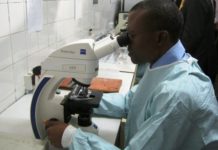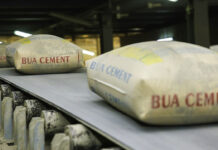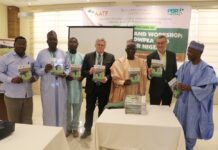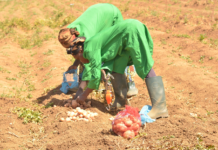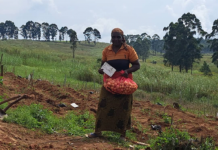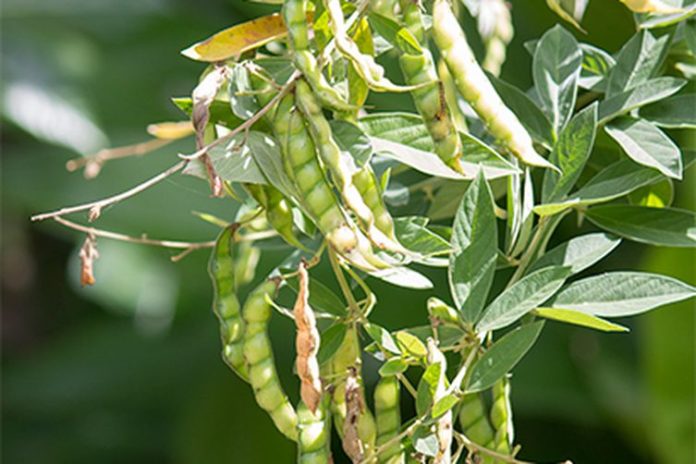Breeding high nutritional varieties of chickpea and pigeonpea just got easier. With new technology, genomic processes that could have taken years have been completed in just a few months.
This has been possible by work of scientists from the International Crops Research Institute for the Semi-Arid Tropics (ICRISAT) headquartered in India, in collaboration with NRGene, Israel who has helped create multiple assembly lines of pigeonpea and chickpea genomes.
This means scientists can not only better understand crop traits; they can also significantly speed up work on improved varieties.
With this technology from NRGene, ICRISAT has chickpea and pigeonpea genomes to a reference level quality that researchers can use. This would help maximize favourable nutritional properties of these high-protein legumes.
“The developing world has long faced the pressures of food security with limited farmland,” says Dr Rajeev K Varshney, Research Program Director, Genetic Gains and Director, Centre of Excellence in Genomics & Systems Biology, ICRISAT.
“For effective use of genomics-assisted breeding, we need reference genomes of several varieties of a given crop. Therefore, new assemblies of chickpea and pigeonpea lines by NRGene and ICRISAT will allow our scientists and partners to better understand plant traits to breed more nutritional varieties.”
ICRISAT in partnership with other institutions has already decoded and documented genomes of pigeonpea and chickpea.
Traditional methods would have required years to complete each individual assembly. NRGene’s DeNovoMAGICTM 3.0 delivered multiple assemblies in a matter of months.
“While DeNovoMAGIC has been successfully deployed by the world’s leading seed companies and academic institutions, implementing this for organizations like ICRISAT enhances our mission of making an impact on the world food supply,” says Dr. Gil Ronen, CEO of NRGene.
“Chickpea, pigeon pea, and other protein-rich legumes will be even more critical crops in the years to come and we are glad that our technology can be used to improve the nutrition status of the world.”
Chickpea and pigeonpea have 15-22 grams of protein per 100 grams and are a critical food and nutrition source in India, Africa, and the Caribbean. India produces 64% of the world’s total chickpeas and 63% of the world’s pigeon pea. However, protein hunger, an important aspect of malnutrition continues to be a major concern in Asia.
The drylands, covering 55 countries in Asia and sub-Saharan Africa and inhabited by 2 billion people, 644 million of whom are poor, is most vulnerable to climate change with very little rainfall, degraded soils and poor social infrastructure. ICRISAT through scientific research aims to find solutions for the nutrition security of people in these regions.




